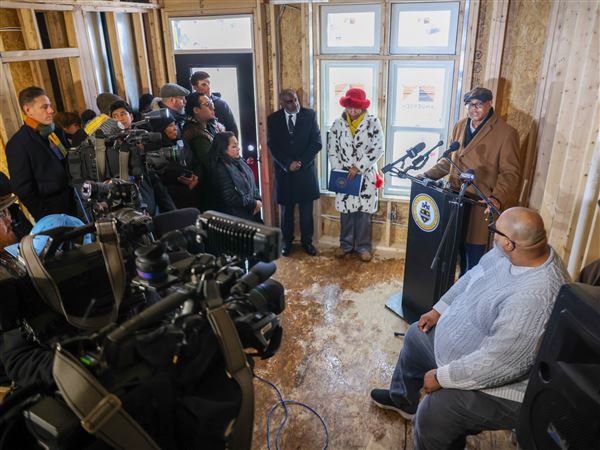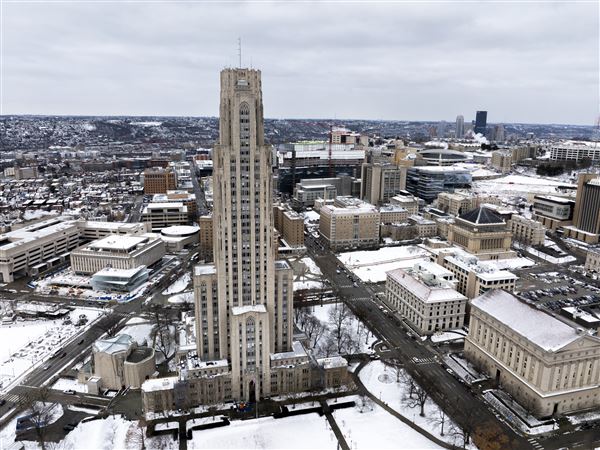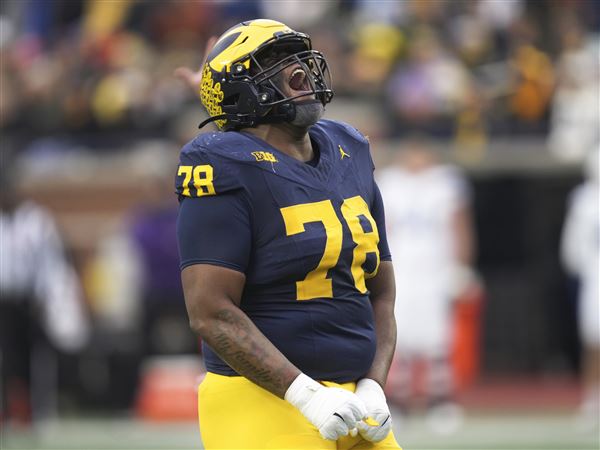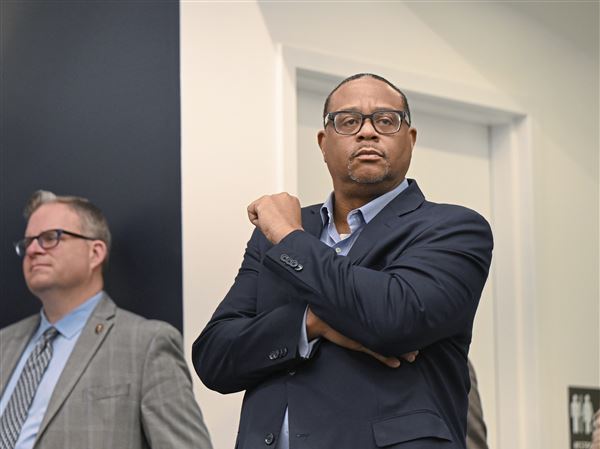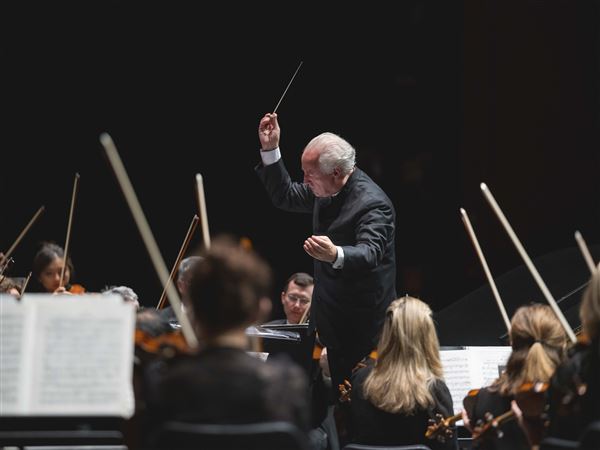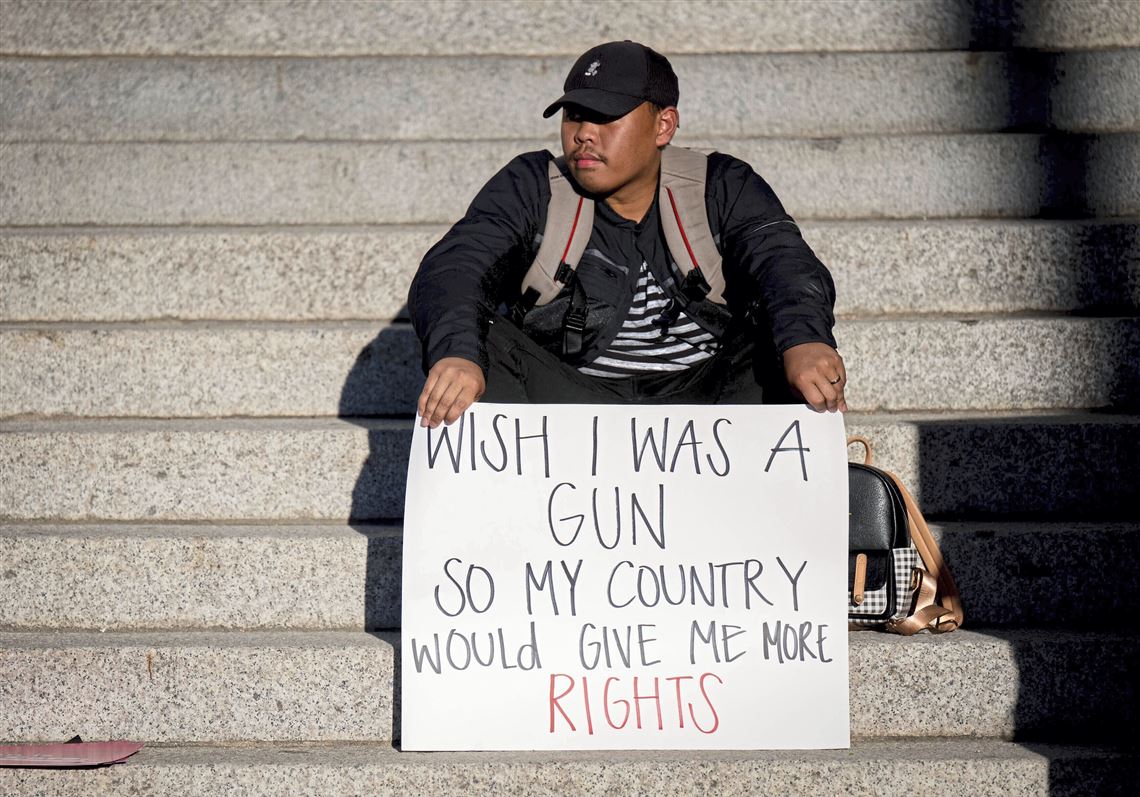The Supreme Court's ruling in New York State Rifle and Pistol Association v. Bruen was a reminder of one of the least visible aspects of gun politics: the rise of the conservative legal movement. Conservative legal elites have shaped gun laws at every level in the United States.
After the assassinations of Rev. Martin Luther King Jr. and Sen. Robert F. Kennedy in 1968, Congress passed the Gun Control Act with relatively little dissent. Constitutionally, Congress was free to do so because the governing Supreme Court precedent from 1939 enshrined the idea that the Second Amendment only protected a "collective right" to bear arms as part of militia service.
The strong support for the Gun Control Act reflected the fact that gun politics were not nearly as divisive at the time. In fact, they would not become fraught until the late 1970s — what sociologist David Yamane calls Gun Culture 2.0.
The shift in the politics of guns coincided with the rise of a unique strain of conservatism, based in the South and West. It primarily attracted White suburbanites and was oriented around individual rights, government deregulation, low taxes, staunch anti-Communism and conservative social positions. The creation of new conservative think tanks, direct mail tactics and grass roots groups linked to national organizations provided the necessary infrastructure to propel these ideas and help wrest control of the Republican Party from more moderate forces.
This wider political change explains to some extent the rise of a far more militant gun movement. But the shift in gun politics also developed because of another key part of the rising conservative movement: new groups pushing a militant brand of conservative legal thinking.
Between the late 1930s and the late 1960s, liberals dominated the Supreme Court and issued seminal decisions oriented around the idea of a living Constitution, in which judges read the document in light of how society had evolved.
Conservatives abhorred this idea and the changes it produced. Richard M. Nixon pledged to reshape the Court, but his four appointments created more of a center right Court — one that limited the scope of liberal precedents rather than overturning them. During the 1980s, conservatives went back to the drawing board.
To challenge liberal jurisprudence, conservatives popularized an originalist and textualist interpretation of the Constitution — resurrecting ideas that had previously been consigned to the backwaters of legal thinking. This philosophy posited that judges should not read the Constitution in light of how society had evolved, but instead with the goal of determining the original intent behind its provisions when they were drafted in 1789.
The consternation that mainstream legal organizations like the American Bar Association leaned left also led to the founding of the Federalist Society in 1982 at Yale and at a handful of other universities. The society helped to promote this originalist reading of the Constitution.
The newly organized conservative legal movement quickly gained influence in the Republican Party. GOP politicians saw originalism, and members of this new legal movement as a pathway to more reliably conservative judges — ones who would undo the liberal 1960s Supreme Court rulings that conservatives loathed.
The rising conservative movement helped elect Ronald Reagan in 1980, and just 16 years after the Gun Control Act, Reagan signed the 1984 Firearm Owners' Protection Act. It was a signal of the rising importance of the South and West politically, as well as the triumph of individual rights over collective action and government regulation.
The Federalist Society became a gateway for vetting potential judges to ensure that they shared conservatives' vision for the courts and constitutional interpretation. Conservatives welcomed this as a potential antidote to ensure that future Republican appointees did not turn out like Justices Harry Blackmun and John Paul Stevens, who ended up being far more liberal than expected.
As the Federalist Society and its vision for the law gained currency among Republicans, and as Republican presidents appointed more judges in this mold to federal courts including the Supreme Court, originalism began to dislodge the idea of a living Constitution.
The newly militant gun movement took advantage of this shift by pushing what had once been a radical idea: that the prevailing interpretation of the Second Amendment as simply ensuring a collective right to bear arms as part of militia service was wrong. Instead, they argued that the amendment protected an individual right to carry firearms, rendering many gun control laws at the federal and state level suspect.
The Supreme Court had largely ignored the Second Amendment for decades, but in 2008, in District of Columbia v. Heller, a conservative five justice majority sided with the gun rights movement. For the first time — in a majority opinion written by Antonin Scalia, one of the legal thinkers at the forefront of the originalist movement and a member and steadfast supporter of the Federalist Society — the Court recognized the Second Amendment as protecting the rights of individuals to keep and bear arms.
Since Heller, the Supreme Court has seen a slew of Second Amendment cases. The revolution wrought by this new interpretation of the Second Amendment culminated in late June, with the ruling that struck down a more than a century old law in New York that strictly regulated open carry on firearms.
The decision raises the question of whether — even as the public clamors for increasing restrictions after each new mass shooting and Congress finally took a step toward addressing the issue — the Court will allow significant new restrictions on gun possession?
The conservative legal movement deserves much of the credit (or blame) for today's changed landscape. Barring unexpected changes in the Court's membership, this originalist way of thinking will continue to shape what the political branches can do to address gun violence and an increasing array of hot-button issues in the years to come.
Josephine Harmon is a researcher in political science at University College London.
First Published: July 18, 2022, 4:00 a.m.
